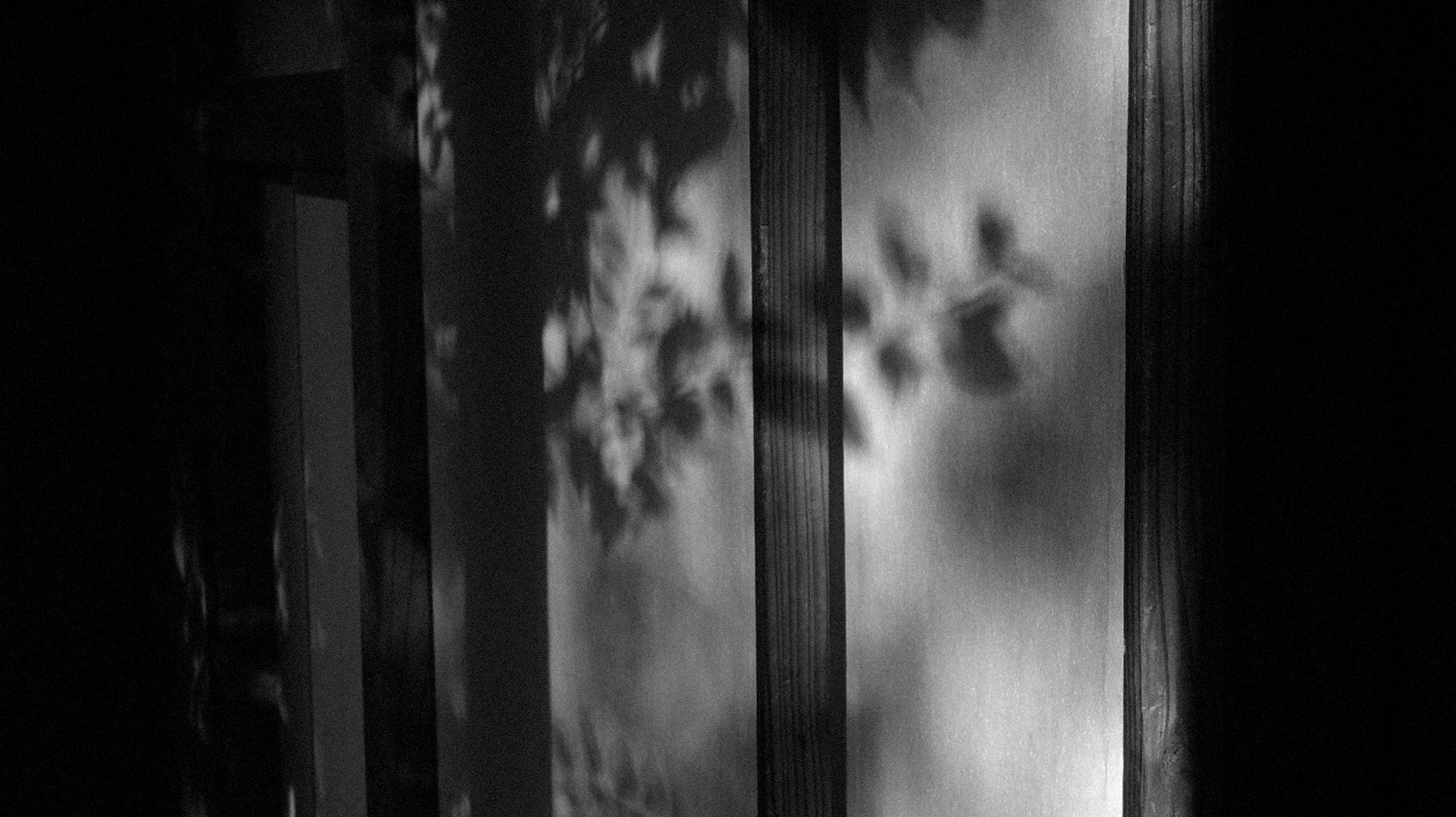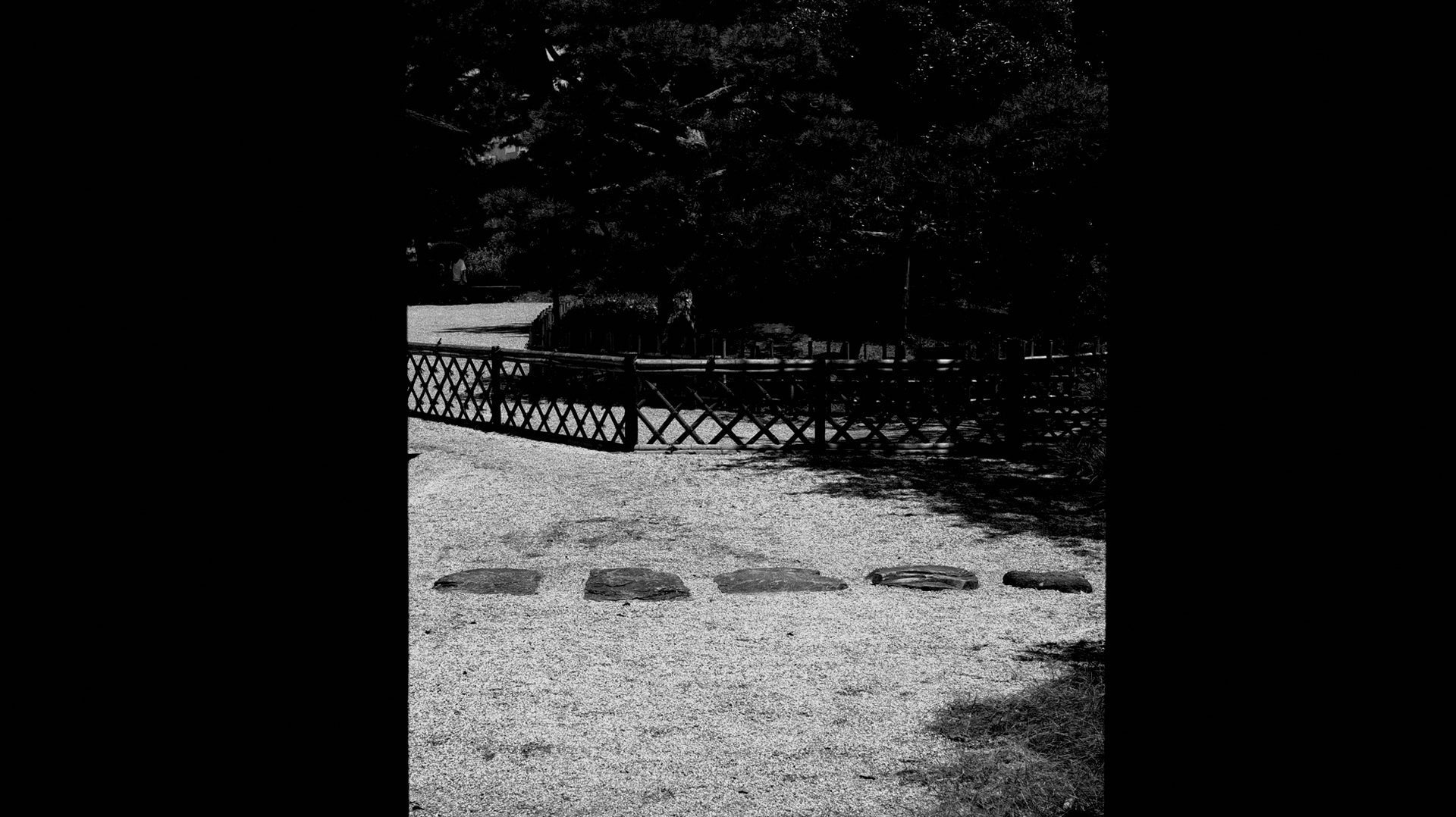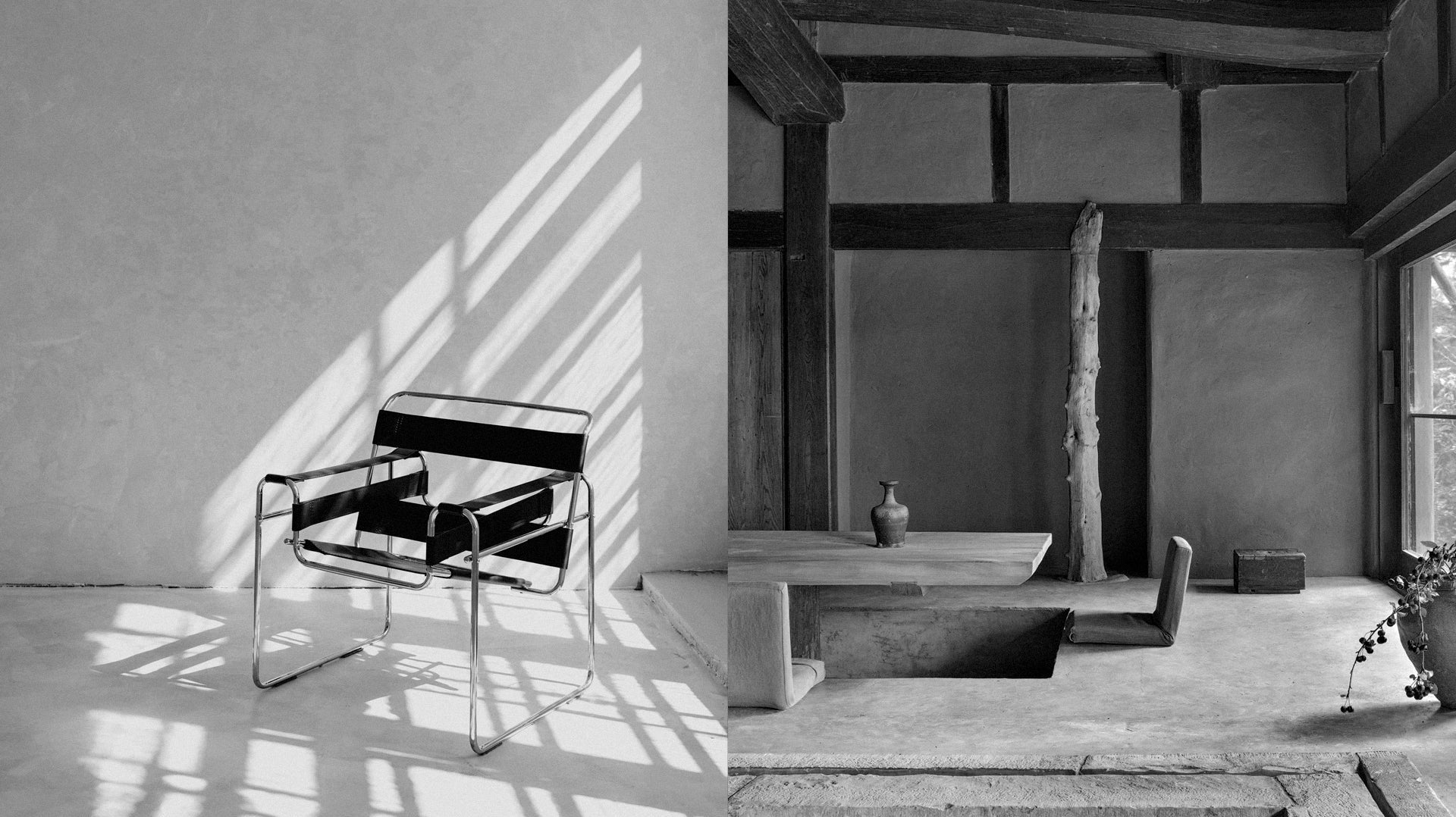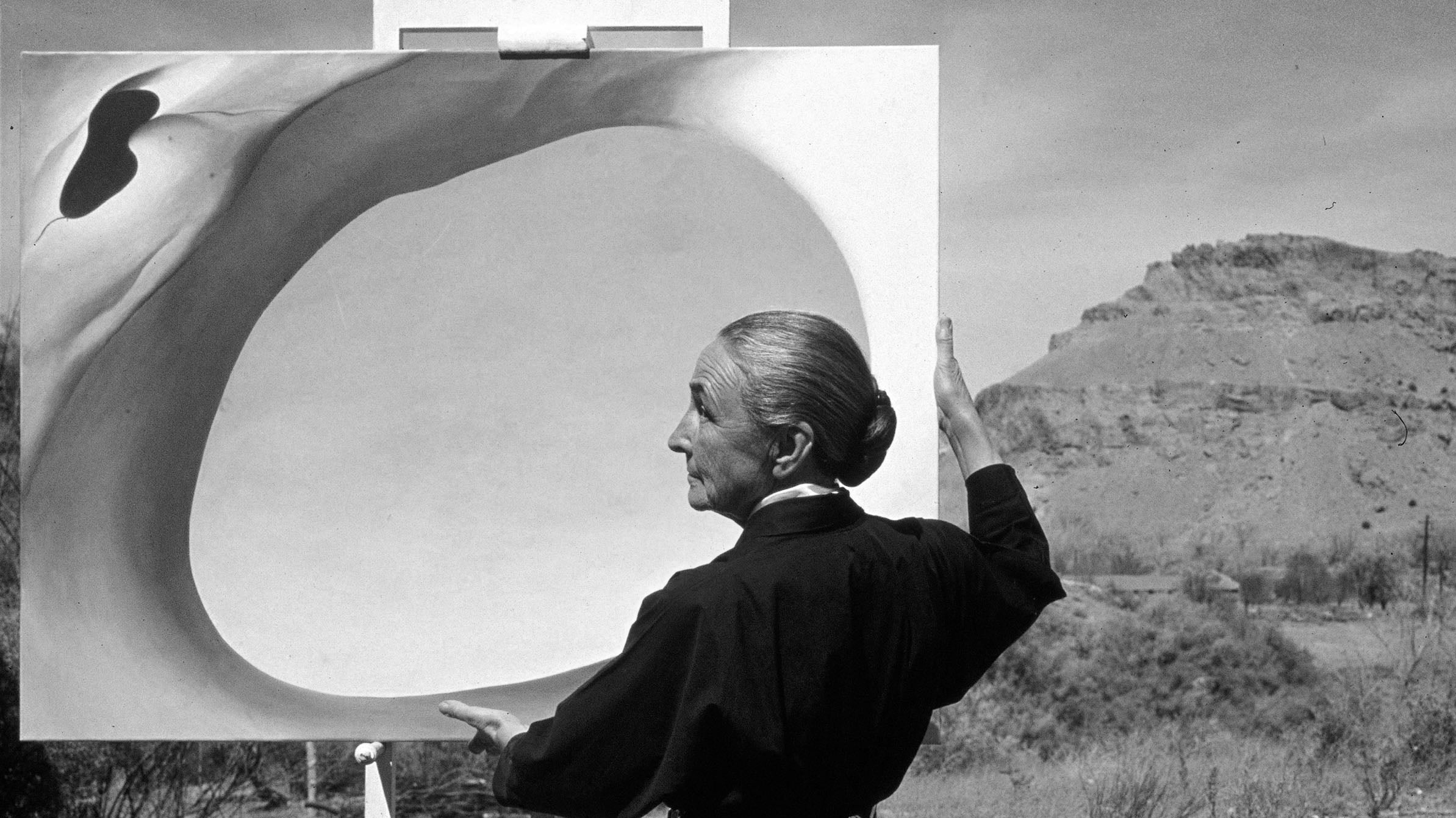In recent years, Wabi Sabi has become a buzzword in minimalist and lifestyle trends. Although it can be difficult to define, Wabi Sabi encourages us to pay more attention to things that bring meaning to our lives. It is not just a philosophy but also a way of living that offers a quiet refuge from the modern world’s obsession with perfection.
Simply put, Wabi Sabi is about finding beauty in imperfection. Some describe it as the Japanese version of "less is more," but that is an overly simplistic explanation for such a profound concept deeply rooted in Japanese aesthetics. Wabi Sabi is present throughout Japanese culture, from art and design to everyday life.
As Leonard Koren writes in Wabi Sabi for Artists, Designers, Poets and Philosophers: "When asked what Wabi Sabi is, most Japanese will shake their head, hesitate, and offer a few apologetic words about how difficult it is to explain. Although almost every Japanese will claim to understand the feeling of Wabi Sabi, very few can articulate this feeling."
Even for the Japanese, Wabi Sabi can be hard to explain, making it even more challenging for outsiders to grasp. However, when its ideas are simplified, its meaning becomes easier to understand.
At its heart, Wabi Sabi reflects the philosophy of life and art in Japan. It invites us to rethink common ideas about beauty and aesthetics and to appreciate the imperfect, the transient, and the incomplete.
If you are still wondering about the meaning of Wabi Sabi, keep reading. In the sections below, we explain what Wabi Sabi means and how it shapes Japanese aesthetics. We hope this article will help you understand this beautiful concept more clearly.
What is Wabi Sabi?
Wabi Sabi (侘寂) is a Japanese aesthetic concept rooted in Zen Buddhism. While Wabi and Sabi were originally two distinct ideas, together they form a unified philosophy that appreciates simplicity, authenticity, transience and the beauty found in nature and everyday life. This sensibility is deeply woven into many forms of Japanese art and design.
Wabi Sabi provides a graceful way to describe what is natural and unadorned, inviting us to recognize the quiet beauty in things as they are, imperfect, impermanent and incomplete. In contrast, Western aesthetics often emphasize perfection and the pursuit of flawlessness. While this ideal has its own value, Wabi Sabi offers a different perspective, one that embraces imperfection and change as essential aspects of life and beauty.
Meaning of Wabi and Sabi

Wabi: Simple, Rustic Beauty
Wabi (侘) originally referred to living in solitude, away from society. It reflects a lifestyle of simplicity and quietness, embracing the beauty of imperfection. In the Southern Record (1690), a collection of sayings by the tea master Sen no Rikyu, it is expressed that "In the small tea room, it is desirable for every utensil to be less than perfect. There are those who dislike a piece when it is even slightly damaged; such an attitude shows a complete lack of comprehension." This illustrates how minor imperfections have long been appreciated. Even broken or cracked utensils, if properly repaired, can be more highly valued than perfect ones. Wabi is often associated with rusticity, modesty, and the appreciation of simple, everyday beauty.
Sabi: The Luster of Patina
Sabi (寂) is the other essential element of the Wabi Sabi philosophy. It originally described the natural deterioration that occurs over time, reflecting the effect of aging on objects. In the context of Wabi Sabi, Sabi does not imply desolation, but rather a desirable quality. It conveys the idea that something aged or weathered has acquired a patina that deepens its beauty.
In In Praise of Shadows, Junichiro Tanizaki celebrates Sabi when describing the Japanese sensibility. He writes, "We do not dislike everything that shines, but we do prefer a pensive luster to a shallow brilliance, a murky light that, whether in a stone or an artifact, bespeaks a sheen of antiquity. We love things that bear the marks of grime, soot, and weather, and we love the colors and the sheen that call to mind the past that made them." Older things not only connect us with the past but also embody a sense of quiet inner beauty.
Simply put, Sabi represents an appreciation of the transitory nature of life and objects. It expresses a sense of serenity, loneliness, and the gentle melancholy that accompanies the passage of time.
Living the Wabi Sabi Life

Photo by Amy Harrison on Unsplash
Through the explanation of Wabi Sabi, you now have a general understanding of its meaning. Next, we want to explore how to live in a Wabi Sabi way. Wabi Sabi is a captivating concept in Japanese aesthetics that helps us see beauty in imperfection, appreciate simplicity, and accept the transient nature of all things. Its timeless wisdom is more relevant than ever as we look for new ways to approach life’s challenges and find meaning beyond materialism.
In Wabi Sabi Welcome: Learning to Embrace the Imperfect and Entertain with Thoughtfulness and Ease, Julie Pointer Adams writes, "The Japanese aesthetic of Wabi Sabi leads us to such a version of entertaining. It is a way of life that celebrates the perfectly imperfect, beauty found in unusual, unfashionable places or objects, and in moments usually overlooked or unappreciated. It can be found in lovely places too, perhaps just not where we most expect it."
So how can we practice Wabi Sabi in daily life? Here are a few ways to embrace this philosophy.
1. Embrace Who You Are
At the heart of Wabi Sabi is a perspective that invites us to see imperfect and asymmetrical things as unique and beautiful because of their flaws. It is about finding elegance in the imperfect, wisdom in the unrefined, and charm in the irregular.
Wabi Sabi encourages us to accept ourselves as we are, with all our imperfections and quirks. In a world often focused on idealized standards and societal pressures, Wabi Sabi offers a space for authenticity. It reminds us that the marks and imperfections we carry are not flaws but signs of individuality. Every scar, memory, and unique trait contributes to the mosaic of who we are.
2. Find Beauty in Simplicity
"Simplicity is the essence of beauty," said Pierre Koenig.
Wabi Sabi is a quiet, unassuming beauty that patiently waits to be discovered. It inspires us to embrace simplicity and look beneath the surface to appreciate the deep beauty hidden in ordinary things. It is a shift in perception, a realization that there is allure in imperfections and charm in irregularity.
Recognizing beauty in simplicity helps us let go of materialism and experience life more deeply. Wabi Sabi leads us to open our hearts to the humble and the imperfect, which can enrich our lives in ways that material possessions cannot.
3. Take Things as They Come
Wabi Sabi invites us to see life itself as a work of art that unfolds over time. It encourages us to make peace with reality, appreciate the passage of time, and accept impermanence.
In a world that often values youth and eternal vitality, Wabi Sabi offers a different perspective. It values maturity, depth, and wisdom. It teaches us to cherish the wrinkles etched by time, the stories shaped by experience, and the character that emerges as we embrace life’s changes.
Taking things as they come is more than an idea; it is a way of life. It encourages us to loosen our grip on rigid plans and expectations, and instead to flow with the natural rhythm of life. By accepting unpredictability and imperfection, we can discover beauty even in chaos and learn to live with greater peace and acceptance.
4. Slow Down and Live in the Present
Modern life often moves at a pace that makes it difficult to enjoy each moment. The constant pursuit of perfection only speeds things up. Wabi Sabi encourages us to slow down, take a breath, and savor life as it happens.
A slower pace means making time to enjoy the moment, appreciating what we have, and being fully present with those around us. Living in this way requires conscious effort, but it leads to a deeper appreciation of life and greater happiness.
What is Wabi Sabi Design Style?
When people have tried to explain Wabi Sabi in the past, they often focused on its visual aspect, although it is much more profound than that. The powerful secret of Wabi Sabi lies in seeing the world not with the logical mind but through the feelings of the heart. Wabi Sabi not only inspires our modern lifestyle but also our aesthetic sense. Over time, the Wabi Sabi style has emerged, often referred to as "Wabi Sabi aesthetics" or "Wabi Sabi design." This style is rooted in the Japanese philosophy of Wabi Sabi and emphasizes the beauty of imperfection, simplicity, and the transitory nature of life and objects.
Wabi Sabi is not about sleek and mass-produced aesthetics. It's about discovering beauty in imperfection, embracing the asymmetry of nature, and celebrating the ephemeral qualities of natural materials. As a result, the characteristics of Wabi Sabi aesthetics and principles encompass asymmetry, roughness, simplicity, economy, austerity, modesty, intimacy, and a deep appreciation for natural objects and the forces of nature.
Characteristics of Wabi Sabi Style

Photo by Amy Harrison on Unsplash
1. Neutral Color and Warm Tones
In the world of interior design and aesthetics, Wabi Sabi style stands out for its ability to create a sense of warmth and comfort. This philosophy reflects a deep appreciation for simplicity, imperfection, and the transient nature of life.
Wabi Sabi favors neutral and warm tones that create a calm and inviting atmosphere. Soothing beige, soft gray, and gentle white form the foundation for spaces that feel serene and harmonious. More than just a choice of colors, this palette reflects a close connection with nature. Earthy tones reminiscent of weathered wood, aged stone, and autumn leaves are central to Wabi Sabi design. These colors not only mirror the imperfections of the natural world but also evoke the changing seasons.
2. Natural Materials
Wabi Sabi style emphasizes the use of natural materials such as wood, wool, clay, stone, linen, and ceramics. The key is authenticity. It is about selecting materials that feel genuine, that tell a story, and that bring nature indoors.
Handcrafted objects are especially well suited to Wabi Sabi spaces. Their small irregularities enhance their charm, reminding us of the human touch behind them and reinforcing the beauty of imperfection.
3. Organic Forms
Unlike modern design, which often favors precision and symmetry, Wabi Sabi celebrates organic forms. In a Wabi Sabi-inspired space, attention shifts from rigid geometric shapes and sharp edges to gentle curves, soft lines, and subtle irregularities that reflect the nature of the materials.
For example, a table may feature an uneven, worn edge shaped by time and use. Soft organic shapes, like those of river stones or driftwood, are preferred over harsh, straight lines. This approach brings warmth and authenticity to a space, allowing materials to speak for themselves and reflecting a design philosophy that embraces imperfection and the passage of time.
4. Rustic Finishes
In Wabi Sabi design, surfaces are not expected to be smooth or polished. Unlike many modern styles that favor sleek finishes, Wabi Sabi highlights the natural texture and roughness of materials. It is this texture that gives materials their unique character and depth.
Imagine a table with an unvarnished, slightly rough wooden surface. These irregularities are not flaws but features to be appreciated. Texture in Wabi Sabi design tells a story of time, wear, and connection to the natural world. It serves as a reminder that beauty is often found in the raw and unrefined, in materials that carry the marks of history and the touch of nature.
Read More Design Articles:
• 7 Japanese Zen Aesthetic Principles That Define Wabi Sabi
• How Japanese Everyday Objects Reflect Beauty and Craftsmanship
• 8 Japanese Aesthetics That Might Change How You See Beauty
• Ma: The Japanese Aesthetic of Negative Space and Time






